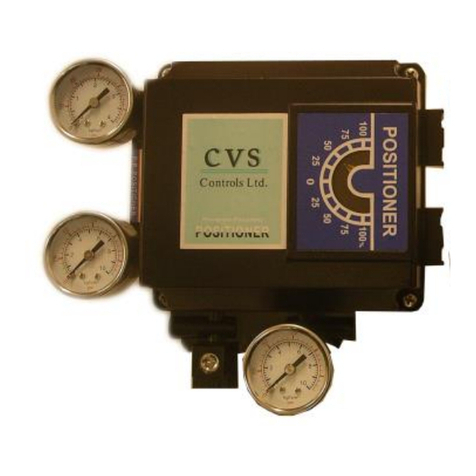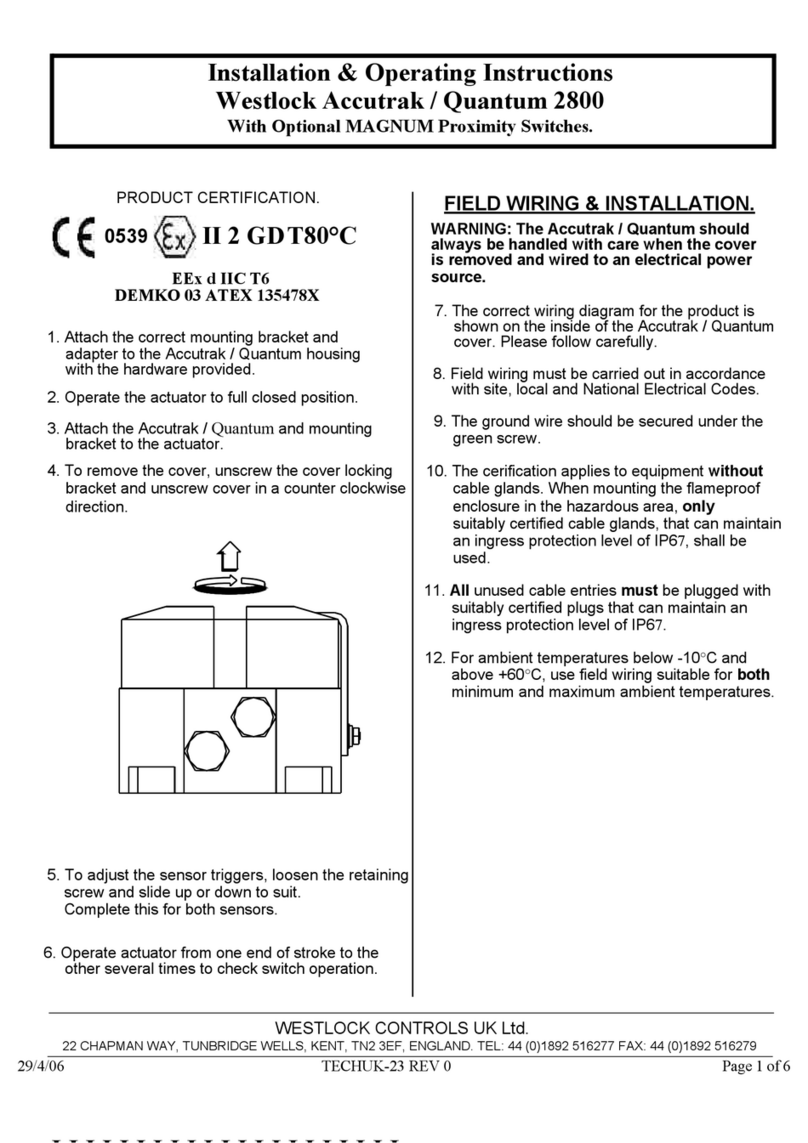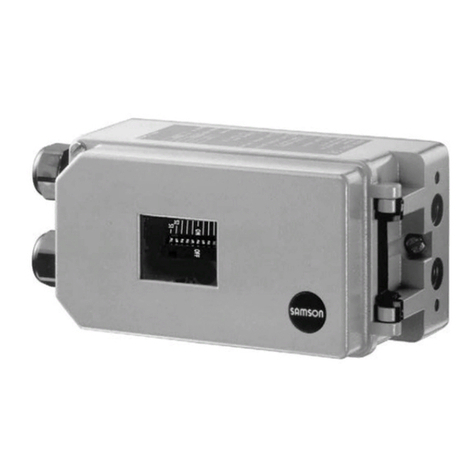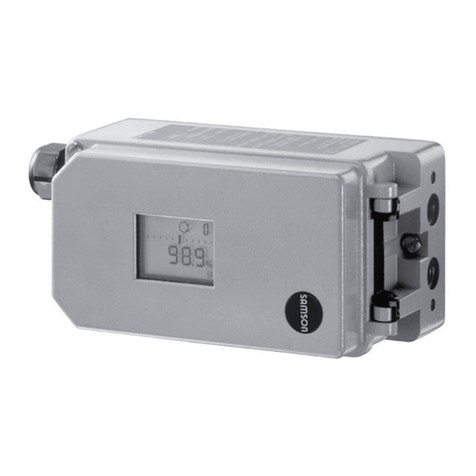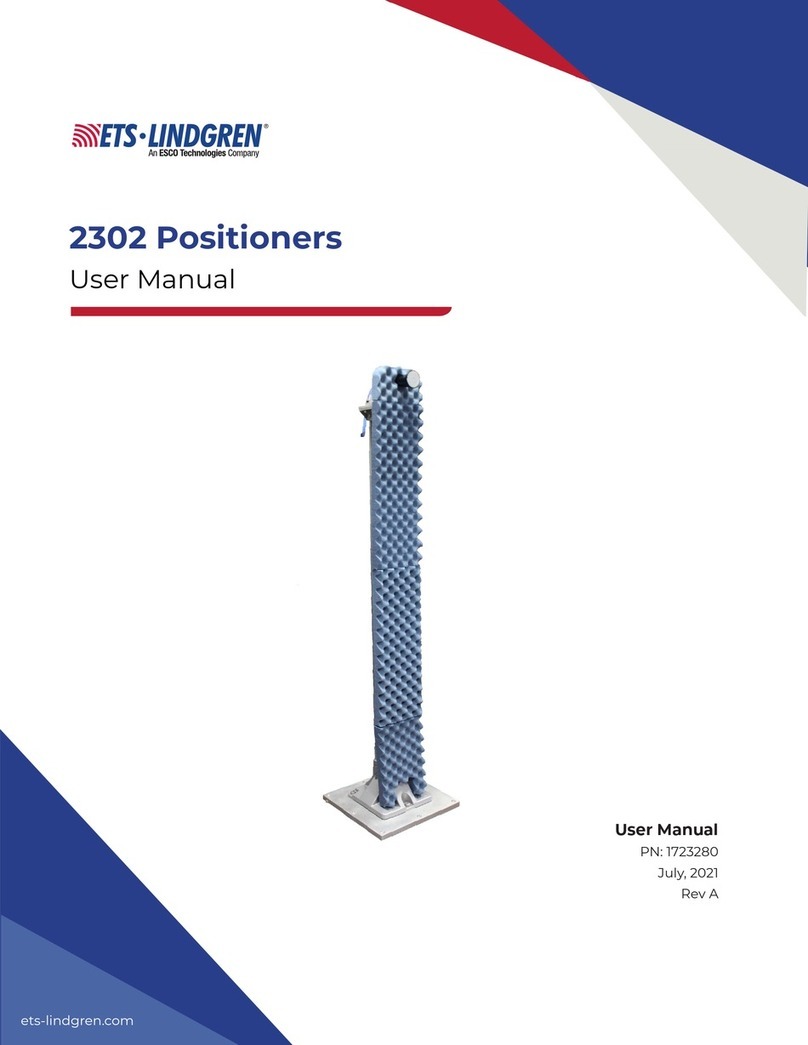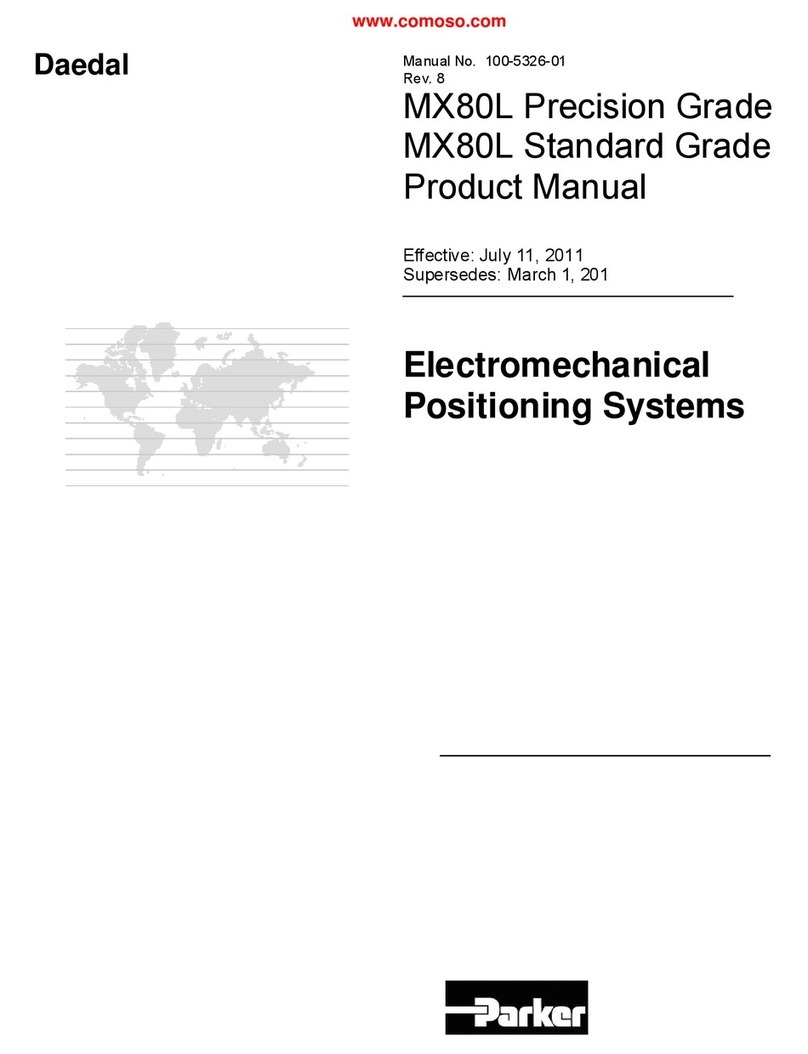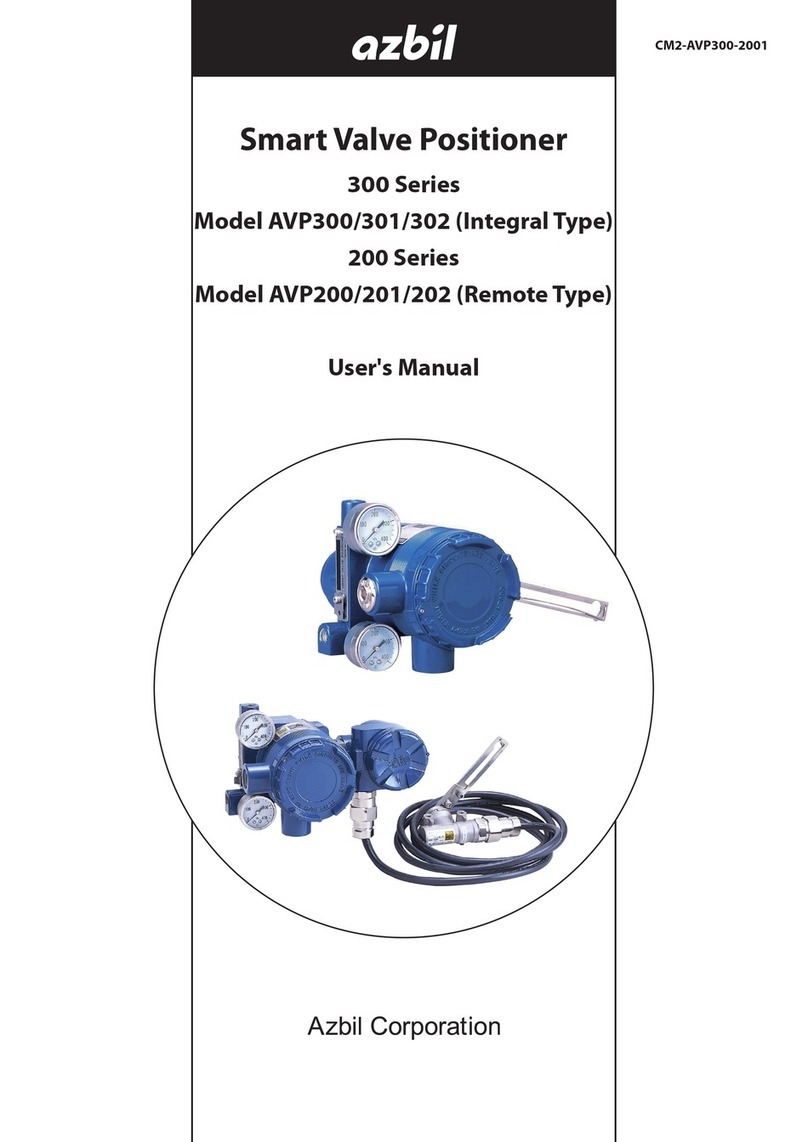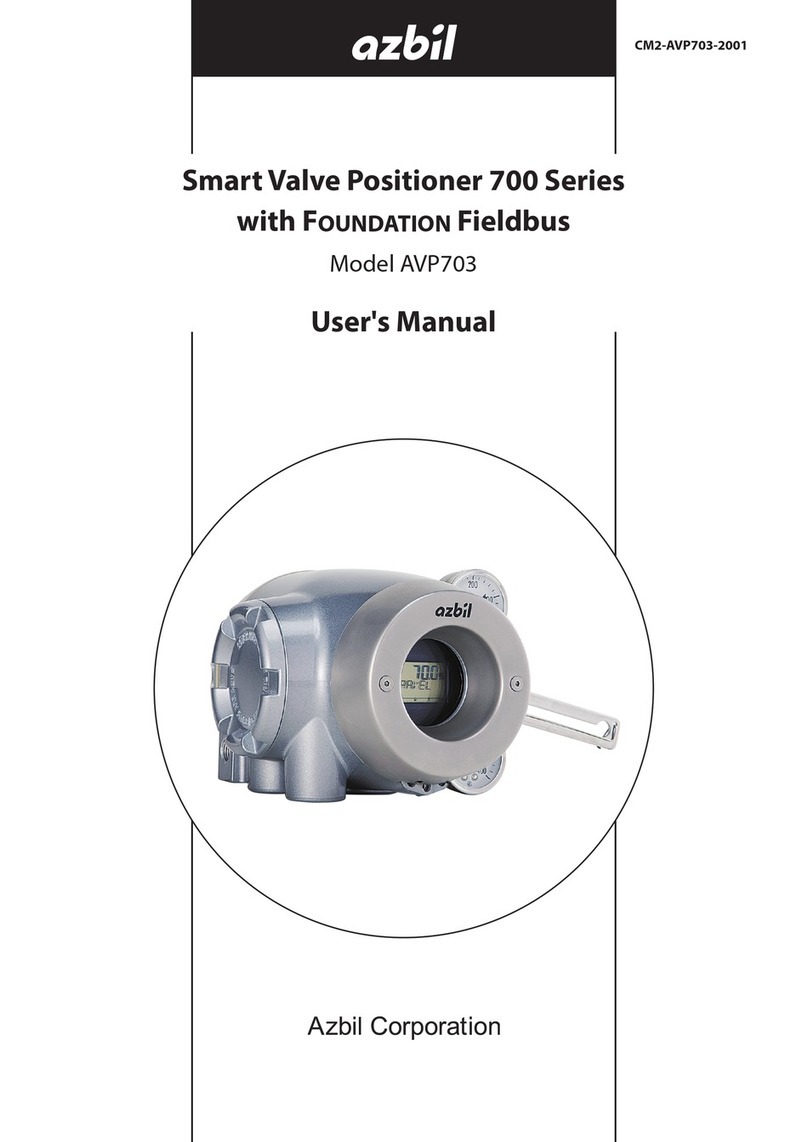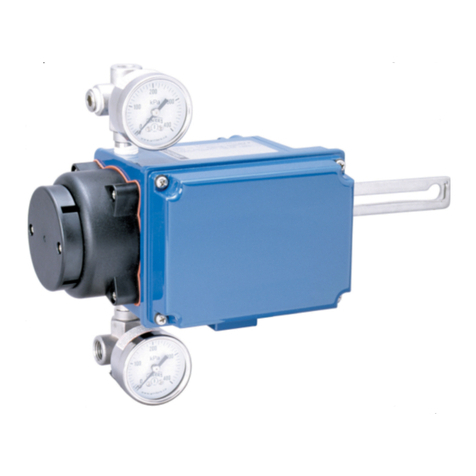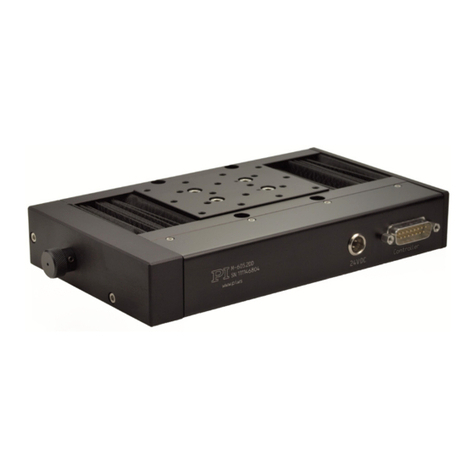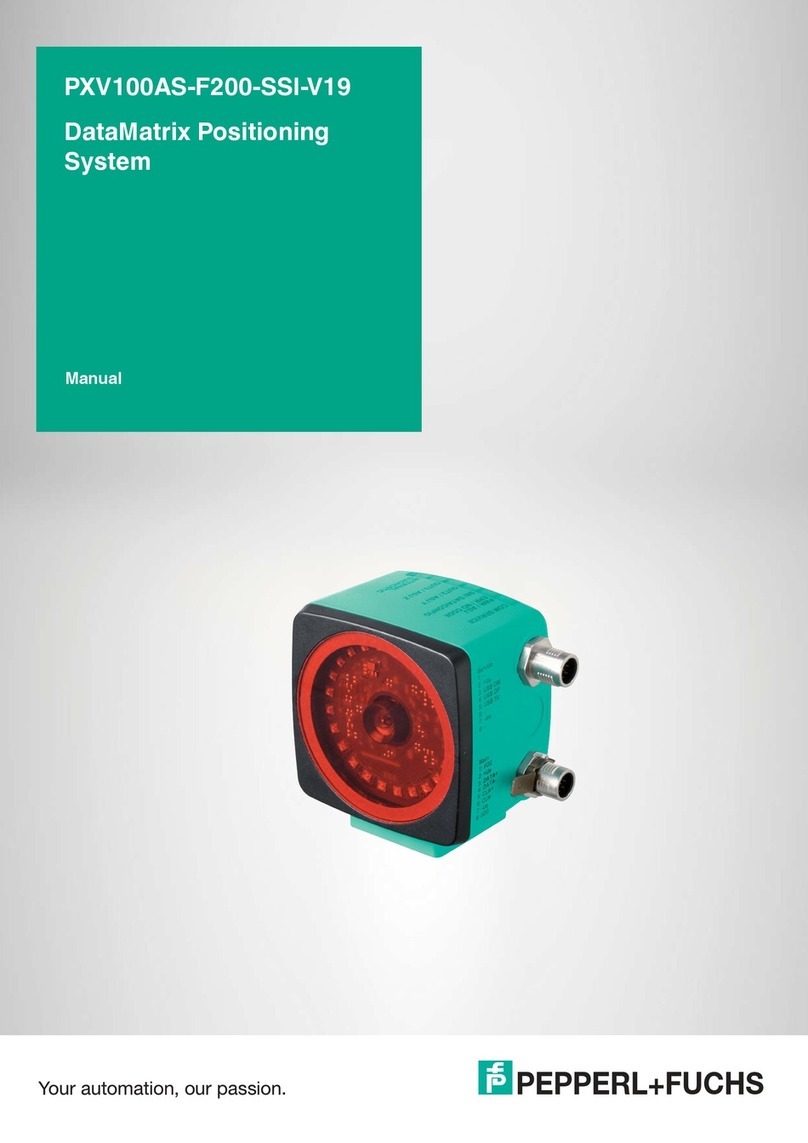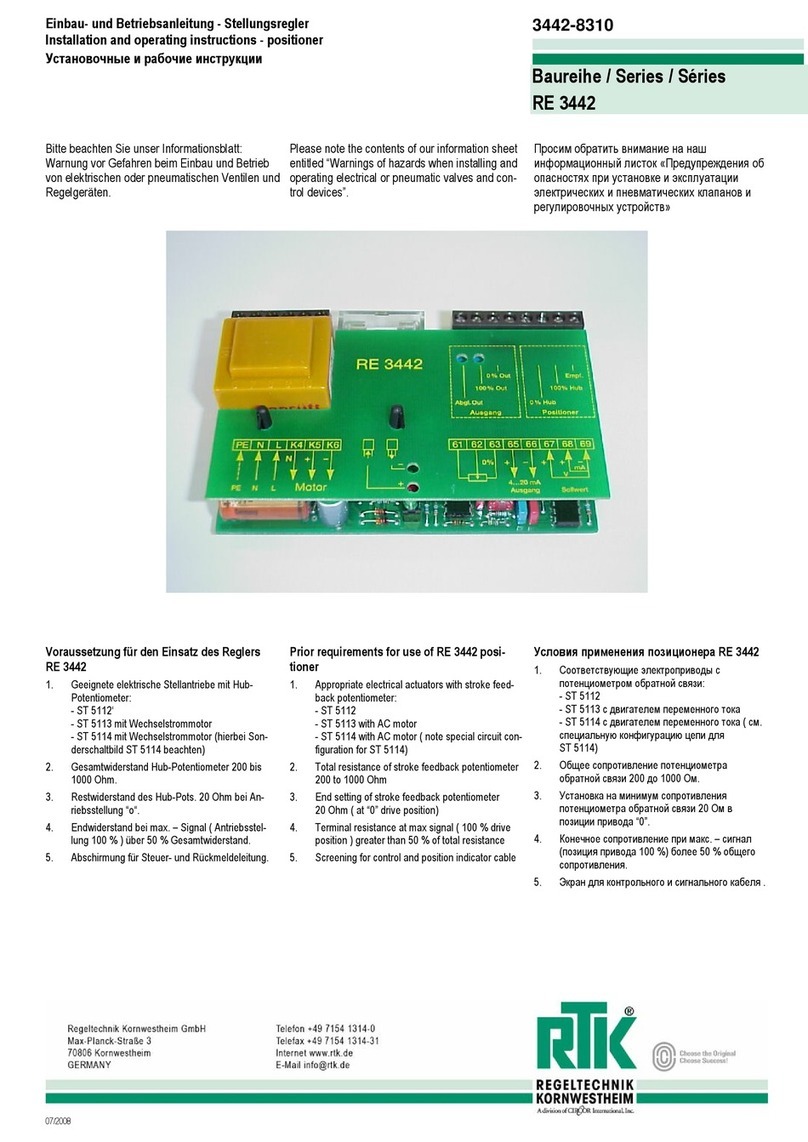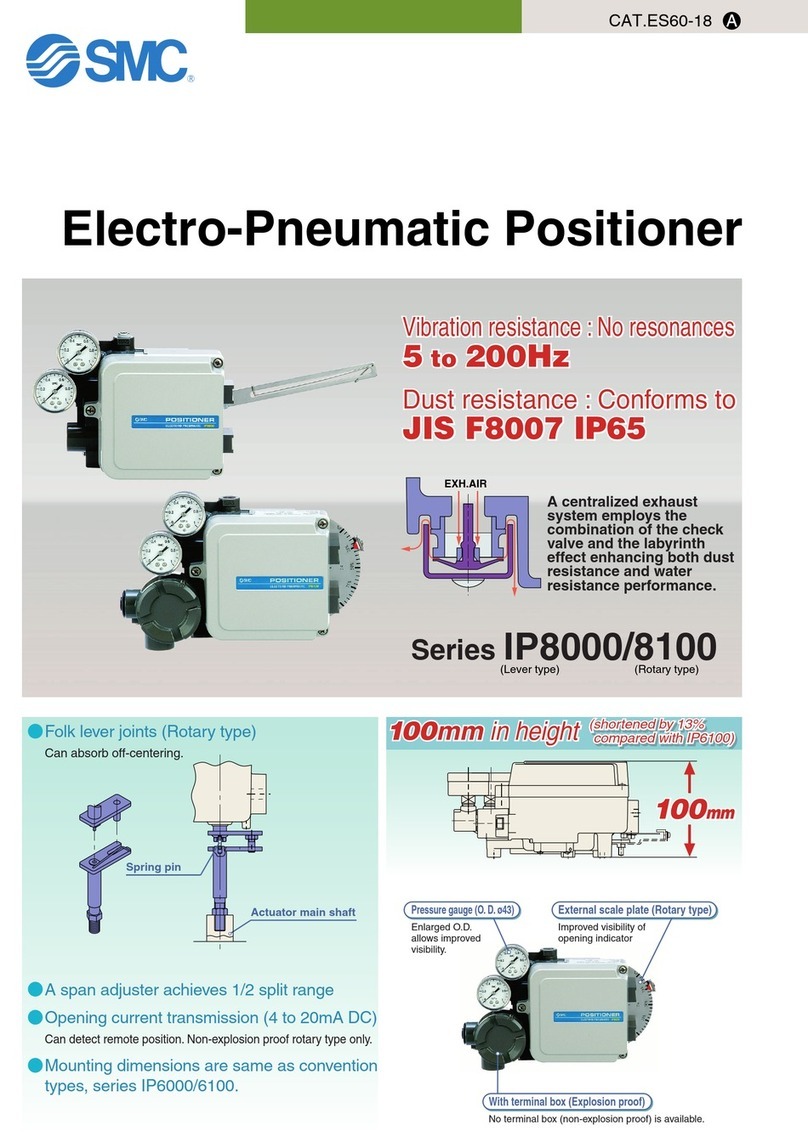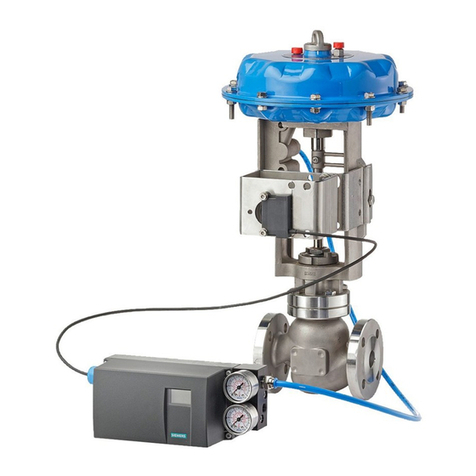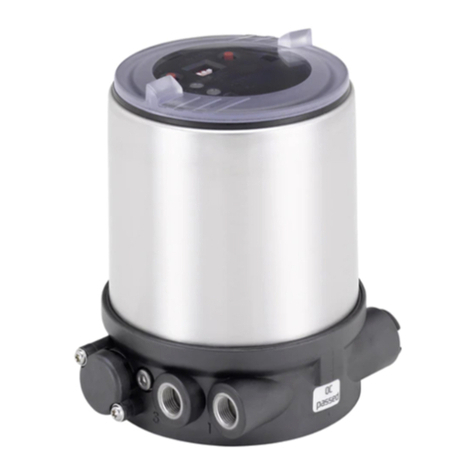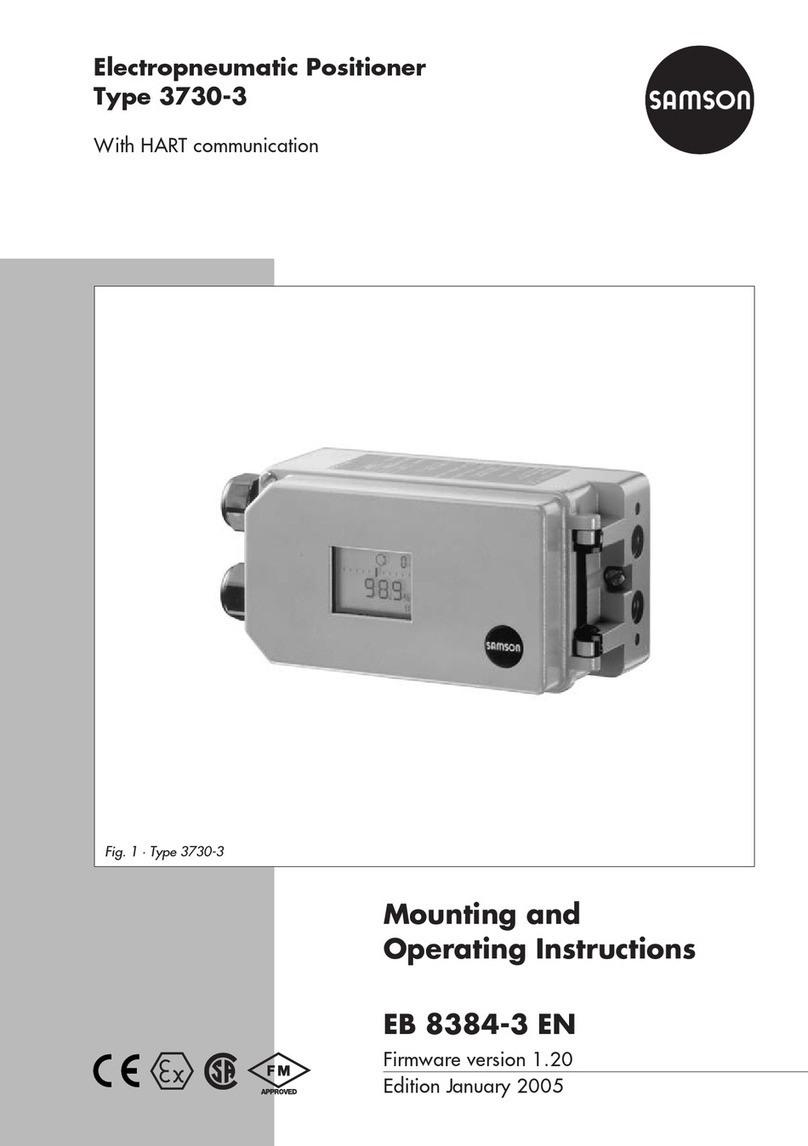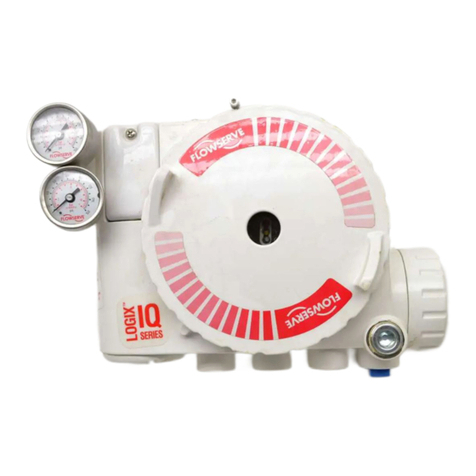
v
Table of Contents
Chapter 1 Structure of the 700 Series Control System..............1-1
1-1 System Configuration ...............................................1-1
1-2 System Configuration without Motion Transmission ........................1-2
1-3 System Configuration with Motion Transmission ..........................1-2
1-4 Structure of the Device and Description of Each Part.......................1-3
1-4-1 Structure of the Device .........................................1-3
1-4-2 Structure of Terminal Box .......................................1-5
1-4-3 Display on the Local User Interface (LUI)...........................1-7
Chapter 2 Installation of the 700 Series ..........................2-1
2-1 Usage Conditions ..................................................2-2
2-2 Selection Criteria for Installation Location................................2-3
2-2-1 Selection Criteria for Installation Location ..........................2-3
2-2-2 Criteria for instrumentation air ...................................2-3
2-3 Installation Procedure ...............................................2-5
2-3-1 Mounting the 700 Series onto the Actuator..........................2-5
2-3-2 Pneumatic Piping Connection...................................2-12
2-3-3 Electrical Wiring Connection....................................2-15
2-3-4 Input Signals and Travel Transmission Power ......................2-17
2-3-5 Cables.....................................................2-18
2-4 Cable gland and flameproof universal elbow for TIIS Flameproof apparatus ....2-20
Chapter 3 Operation of the 700 Series ...........................3-1
3-1 Local User Interface (LUI)............................................3-2
3-2 Adjustment before Operation .........................................3-5
3-2-1 Auto Setup ..................................................3-5
3-2-2 Zero Span Adjustment .........................................3-9
3-2-3 Supply Bypass ..............................................3-12
3-2-4 Control Parameters...........................................3-13
3-2-5 Password ..................................................3-15
3-3 Starting Operation.................................................3-16
3-3-1 Preoperation Check ..........................................3-16
Chapter 4 Operation with HART Communication ..................4-1
4-1 Operation with HART Communication ..................................4-1
4-2 Setup and Adjustment of Device.......................................4-2
4-2-1 Process Variables .............................................4-2
4-2-2 Auto Setup ..................................................4-3
4-2-3 Input Range .................................................4-5
4-2-4 Valve System ................................................4-5
4-2-5 Control Configuration ..........................................4-6
4-2-6 Input Characterization..........................................4-8
4-2-7 Travel Cutoff .................................................4-8
4-2-8 Units .......................................................4-9
4-2-9 Travel Calibration ............................................4-10
4-2-10 Input Calibration.............................................4-12
4-2-11 Pressure Sensor Adjustment ...................................4-12
4-2-12 Simulation .................................................4-12
4-2-13 Adjustment of EPM Drive Signal (Pneumatic Modules)...............4-13
4-2-14 Restore factory settings .......................................4-13
4-2-15 Operator Action Records ......................................4-13
